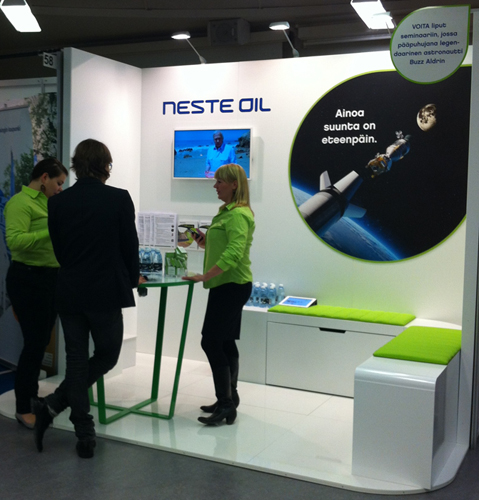Neste Oil meets future professionals at student career fairs
News
Neste Oil participated ARENA student career fair held on 14 November 2012 at the Aalto University School of Economics. The fair was directed to business students, but also students representing various other lines of studies visited Neste Oil's stand. Most of the visitors were looking for information about summer trainee opportunities.
Neste Oil offers summer trainee positions to hundreds of students every year, mainly in Finland. In 2012, Neste Oil employed over 300 summer trainees. Application period for the 2013 summer trainee positions starts on 14 January 2013. All the summer trainee positions will be available at nesteoil.com/careers from that date onwards.
You can meet Neste Oil employees next time at Contact Forum fair that will be held at Kaapelitehdas in Helsinki on 24 January 2013. Contact Forum is the biggest interdisciplinary daily academic student recruitment event in Finland. The aim of the event is to enhance students' possibilities to get to know different companies and create contacts. From the companies' point of view, the event offers a possibility to introduce themselves to the future professionals.
